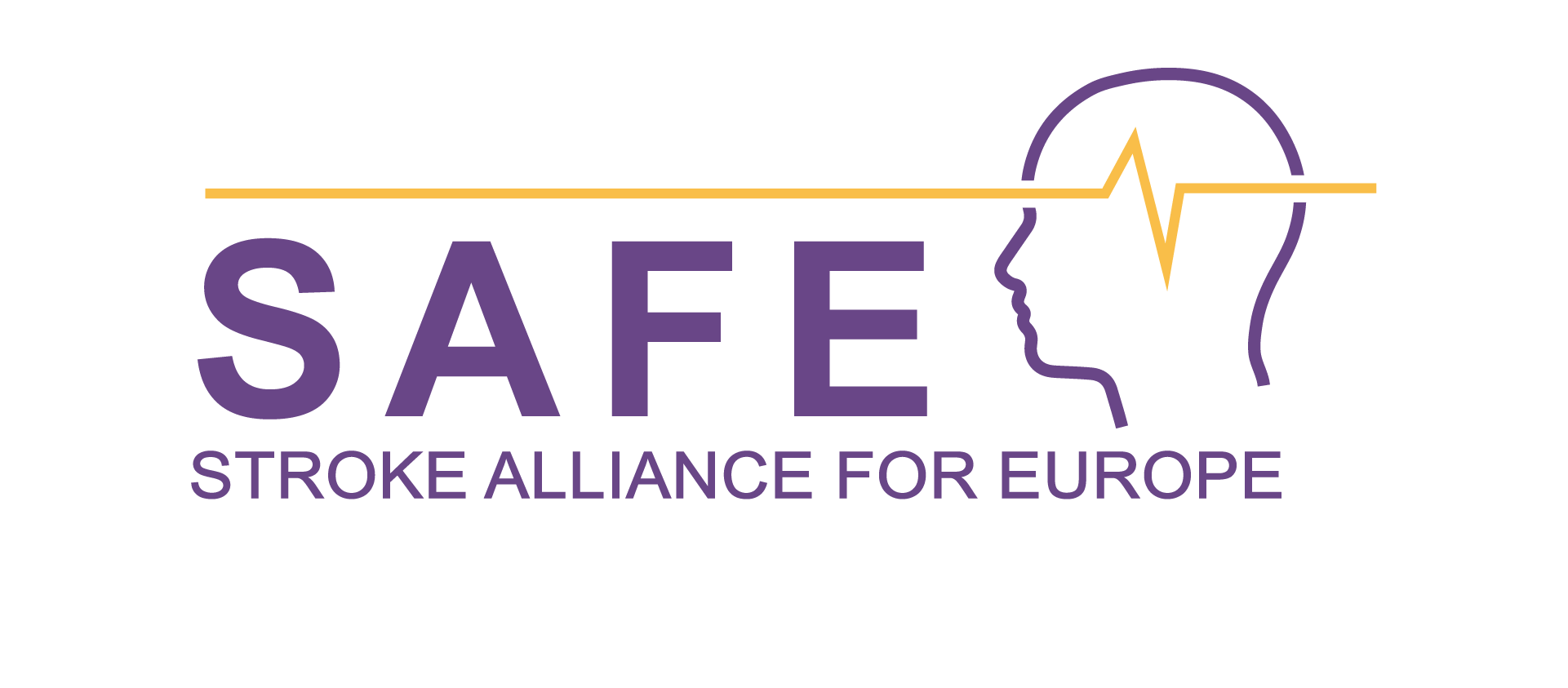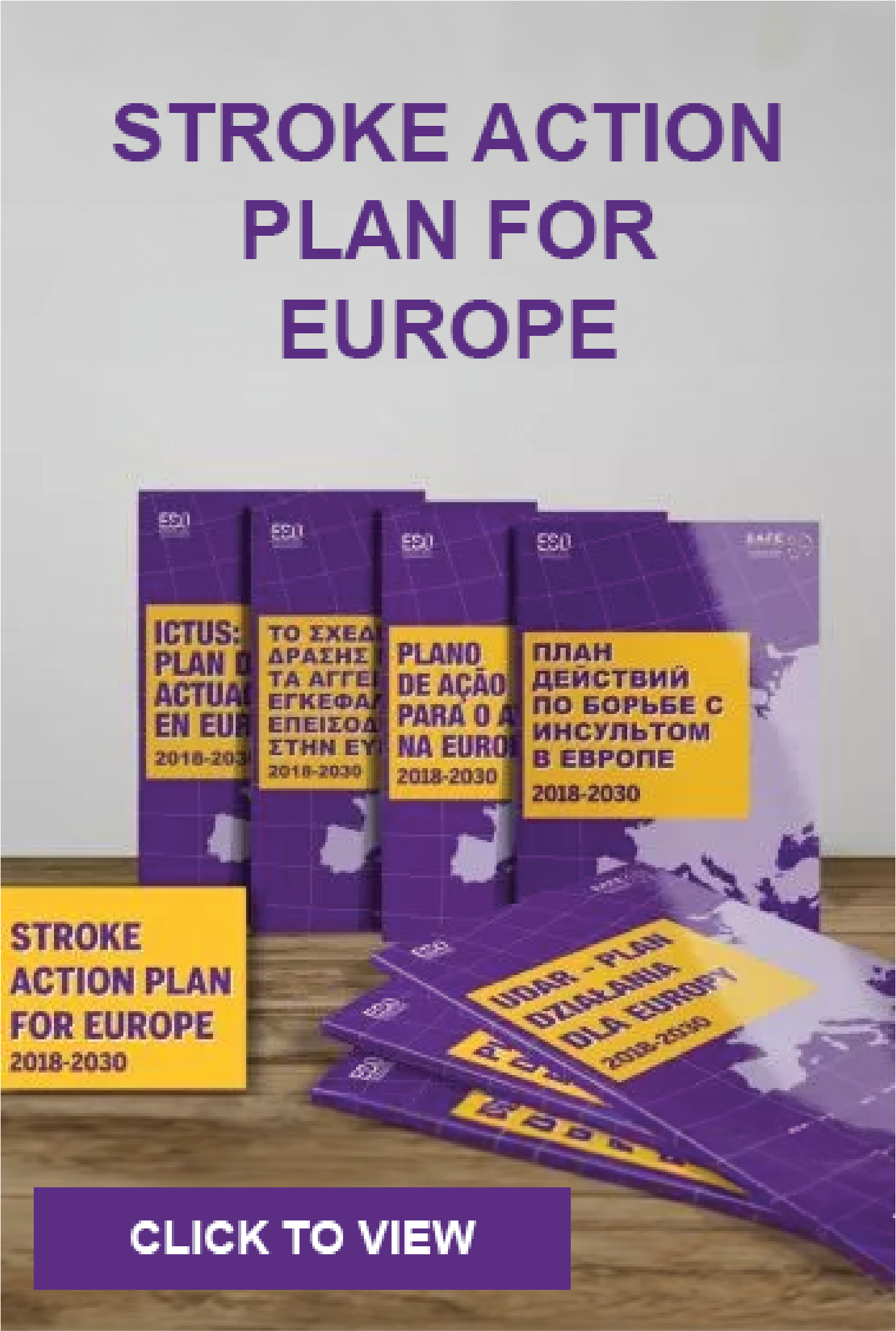This week, the World Health Organization (WHO) published its latest Global Status Report on Neurology, revealing that stroke is the leading neurological disorder contributing to health loss worldwide.
In addition, the report outlines the direct costs of 24 brain disorders, including neurological and mental health conditions, exceeded US$ 1.7 trillion, growing by 3.5% annually since 2000. Stroke and dementia account for a large share of this burden. These figures exclude indirect costs such as lost productivity and informal care, which are likely to be substantial.
Despite these figures, stroke care remains fragmented and under-resourced across prevention, acute treatment, rehabilitation and long-term support. We need urgent coordinated action to address this gap.
The Stroke Action Plan for Europe (2018-2030), developed by SAFE and the European Stroke Organisation, provides an evidence-based framework and recommendations for countries to improve their stroke prevention, treatment and post-stroke care.
At the same time, the European Commission is developing the first ever EU Cardiovascular Health Plan, which represents a milestone in the EU’s approach to chronic disease prevention and management.
This represents a seminal moment for stroke in Europe. If we combine the new Cardiovascular Health Plan with the Stroke Action Plan for Europe, we have a real opportunity to drive national action and deliver measurable improvements for people across the continent.
Arlene Wilkie, Director General of SAFE says “We owe it to the citizens of Europe to prevent as many strokes as possible, and to ensure that those who experience a stroke receive the care, rehabilitation and support they need to rebuild their lives no matter where they live.”





